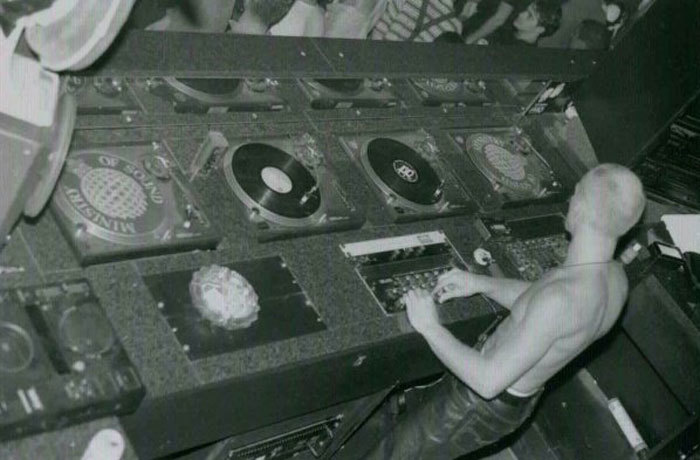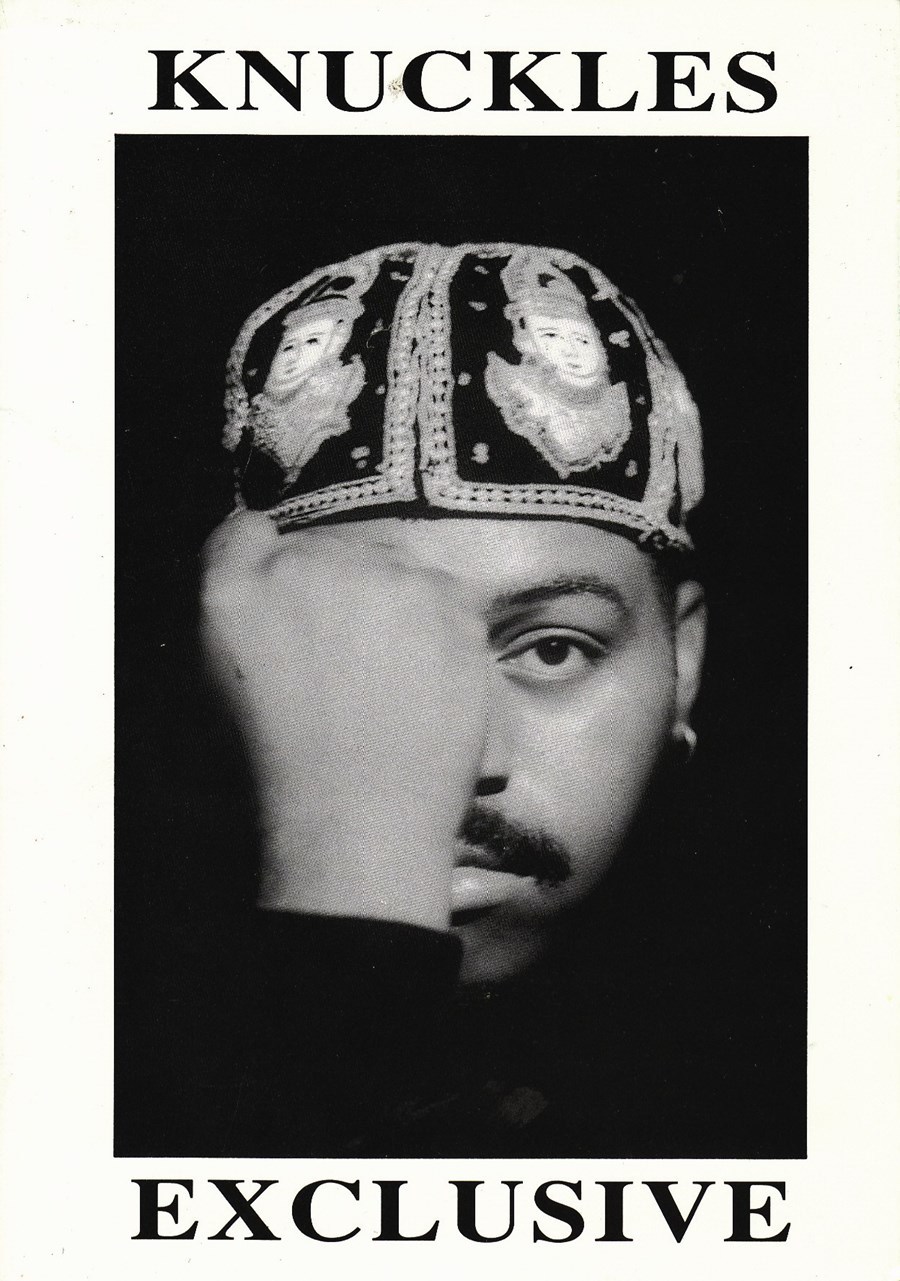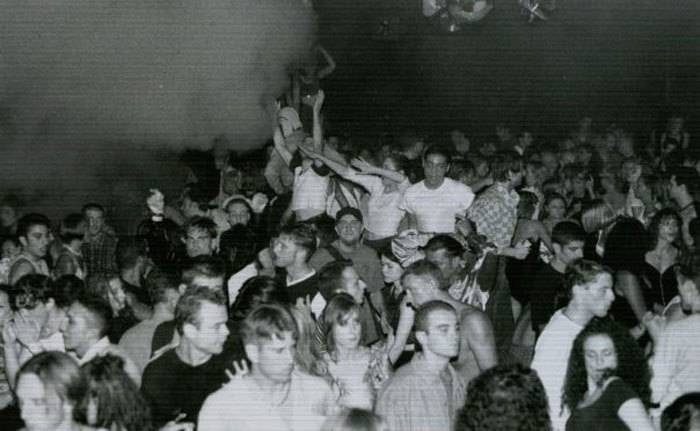It’s very rare that a few chosen points of reference can encompass an entire era, something that immediately enters your mind when taking a nostalgia trip through a forgotten youth and paints a perfect picture of that time. For those who experienced their adolescence in 90s Britain it was scenes of M25 hedonism, Mancunian pride, and Ministry of Sound.
It has been 25 years since those hallowed doors of Ministry of Sound opened in Elephant and Castle, and since then the brand has morphed into an entirely different beast. While it’s output over the years has moved away from the original aesthetics MoS remains arguably the biggest name in worldwide dance music, and undeniably the biggest independent label in the world. It’s instantly recognisable logo adorned bedroom walls across the globe and for many DJs, producers, selectors and none-of-the-aboves like myself it was an inroad to the music they share today. For those too young or with too strict a parents to experience the rave scene first hand MoS brought the likes of Tony Humphries, Frankie Knuckles and Masters At Work to the bedrooms of the pre-pubescents and pre-drinkers alike, offering a glimpse of the Second Summer of Love in your local HMV. That all began with a club on 21st September 1991.

“I set out to build a club for London like the ones I had seen in New York. I set out to build a club where we could bring the best DJs in the world and learn from them together so we could up our game and compete on a global stage,” Justin Berkmann explains.
As the driving force behind Ministry of Sound’s incarnation Justin, together with (now Lib Dem life peer) James Palumbo and Humphrey Waterhouse, aimed to bring his experiences of living in New York during the Larry Levan Paradise Garage-era to a rave immersed London in 1991. “London was really vibrant with some decent clubs and illegal raves, it just needed a place like ours to go to the next level. MoS filled the same gap in the London market as the one the Garage had occupied, and then vacated, in NYC.”
“The major difference was the crowd make-up, and most importantly Larry Levan,” proclaims Tony Humphries, noting the differences between Paradise Garage and Ministry. It was his memories of Paradise that would lead Tony to become one of the inaugural innovators of house, and one of Ministry’s earliest residents. “Larry’s taste in music was a reflection of his personality, and that cannot be replicated. I’ve experienced dancing to damn near ballads, then to frenzied high energy tunes at various times of the night. It’s a beautiful thing to be in a crowd of thousands who would dance to anything played from midnight until noon the next day.”

While by 1991 the Second Summer of Love was over, hardcore, jungle and drum ‘n’ bass were still in their infancy, genres less comfortable in the surroundings of what would become the world’s first superclub. The UK’s musical identity was becoming grittier, with the public continuing to lose their minds to the more abrasive sounds emerging from London, Bristol and beyond, where did the New York house leanings of MoS fit into this? “We made it deeper, blacker, a bit more soulful in our own little microcosm.”explains Justin. “In the beginning those who came to the club got the education and later we took it on the road. Clubs around the country wanted to emulate our success and the easiest thing to copy was the music policy. That was probably the biggest effect we had.”
Ministry of Sound’s earliest residencies read like a who’s who of legendary DJs, a diverse roster of talent ranging from Tony’s lasting affinity with the club to DJ Harvey recalling ‘Miss Nude Australia dancing naked for me on the decks‘ as one of his stand out MoS moments. With a knack for finding those unique, genre-bending DJs how did they help shape what the club came to be? “The DJs we booked were simply the best on offer,” Justin explains, “They each came and left their own mark. Each session brought fresh music, ideas and styles that were being explored. They were mostly storytelling DJs, musical experts experimenting with all sorts of styles to create a journey.”
“It was great for me because I was an alternative. High energy but still funky,” Tony continues. “They eliminated genres produced at slower speeds, I had to play peak energy tunes for the entire night.”
Fronted by some of the leaders in driven dancefloor euphoria that ultimate hedonistic experience was key to MoS’s early success, an experience that came drenched in New York nostalgia but found ia home in post-Thatcher Britain. “At that time we were all feeling very liberated,” Justin explains. “You see, for us an entire childhood waiting to be irradiated by a Soviet nuclear device left its mark. Once all that had gone we were in a free world. In 1989 the wall came down in Berlin, everyone was dancing in fields on Pills. It was the moment. A comprehensive ceasefire and it was pretty special to be honest. We just gave it a roof.”

Ministry of Sound brought many things to many people. Marriages were formed within its walls and many a memory spawned from ecstasy-fuelled freedoms, but looking back what does it mean to those who helped make that happen? “I am forever indebted for the opportunity to be a part of their team” Tony says. “I’m thankful for being on tour representing them all over the UK. I’ll never forget the trip we took to Ireland where we played in a castle with Sasha, it was a truly magical night. Doing their first compilation was an honour, as well, and lastly I’m grateful to be called back so many times.”
“The legacy for me is that it has probably spawned over a thousand successful careers” is Justin’s take. “I’m proud of the old girl. To me it’s just a building, with a very special room and some speakers, which is capable of creating miraculous moments.”
While Ministry of Sound’s output may now be more associated with dubstep compilations and animated mascots it’s free spirited formation will always remain to have a lasting impact on dance music culture for, well, let’s go another 25 years.
Credits
Text Jack Needham
Images courtesy of Ministry of Sound
